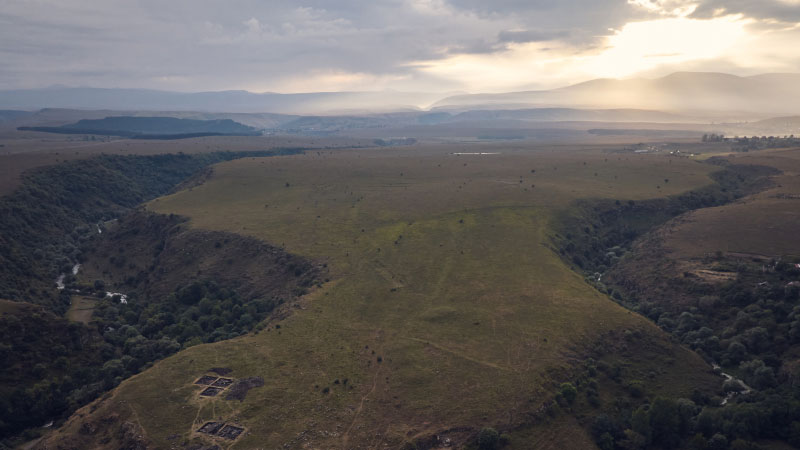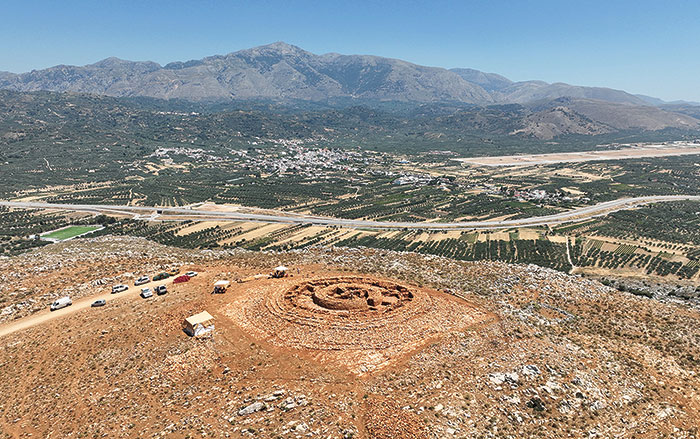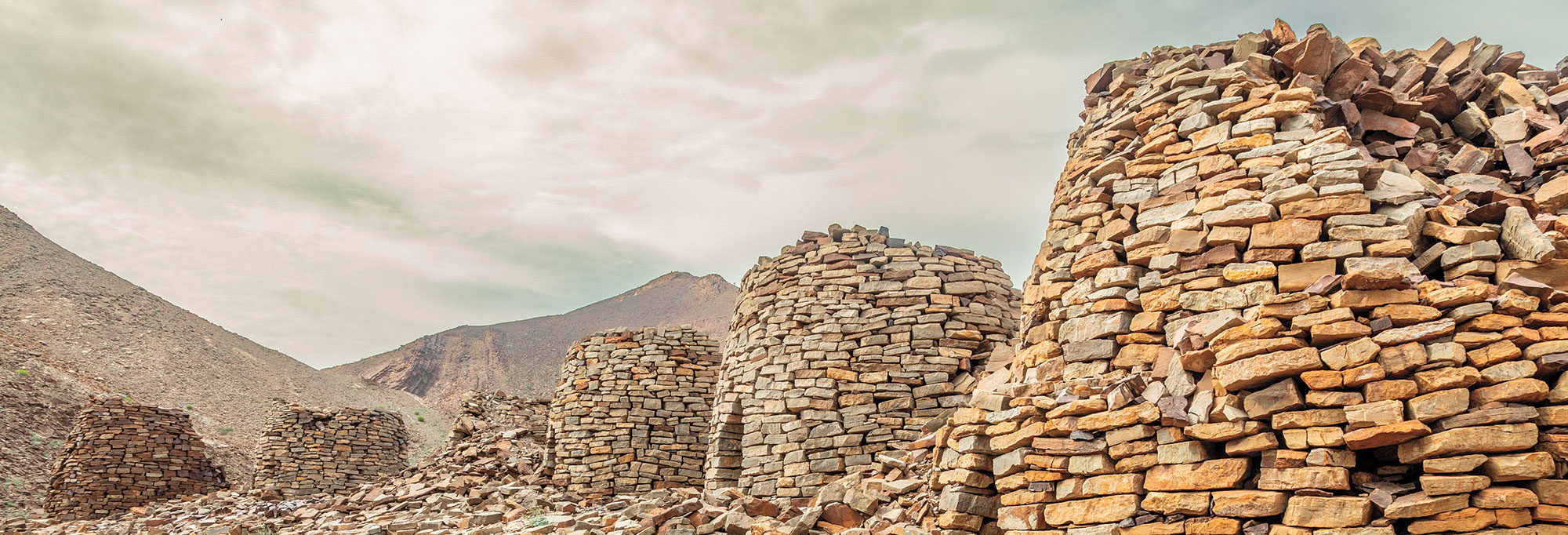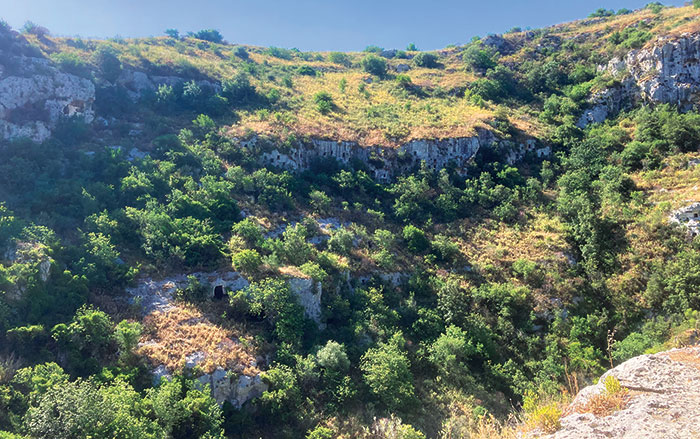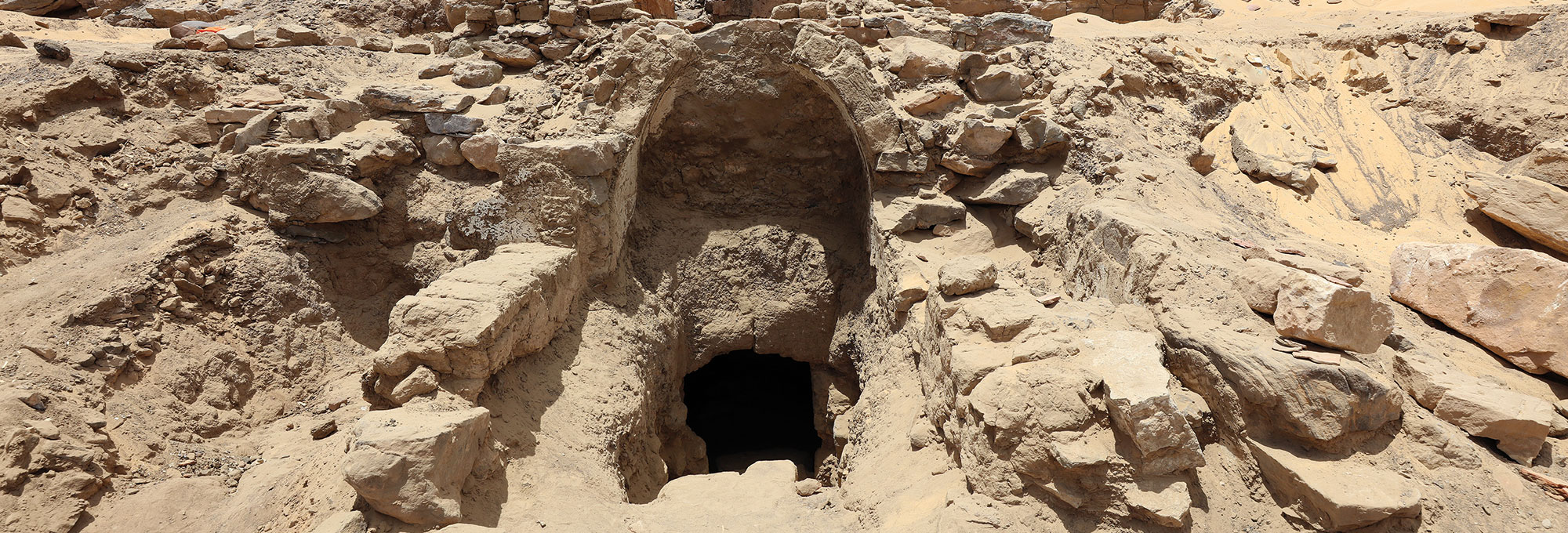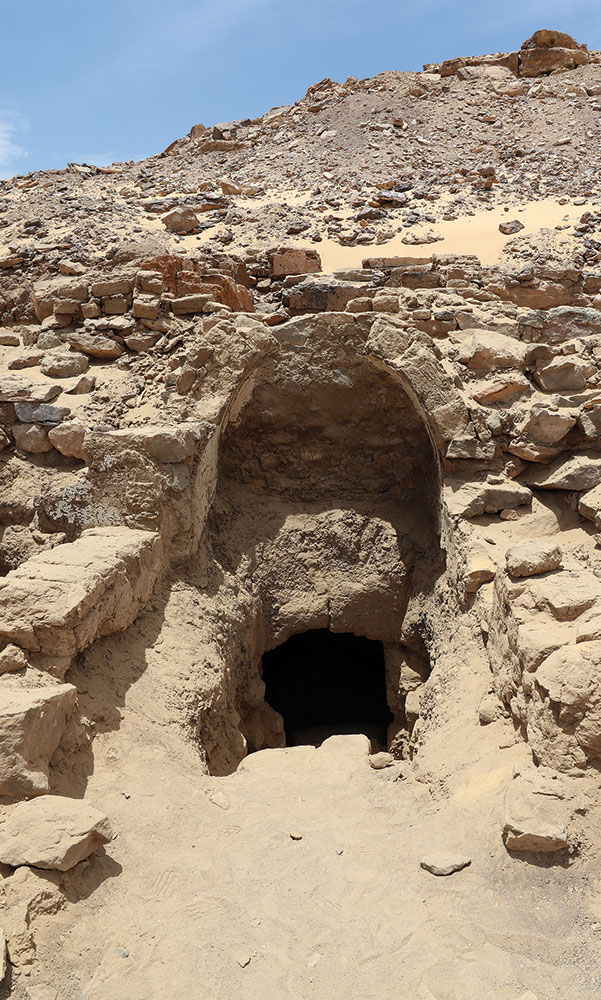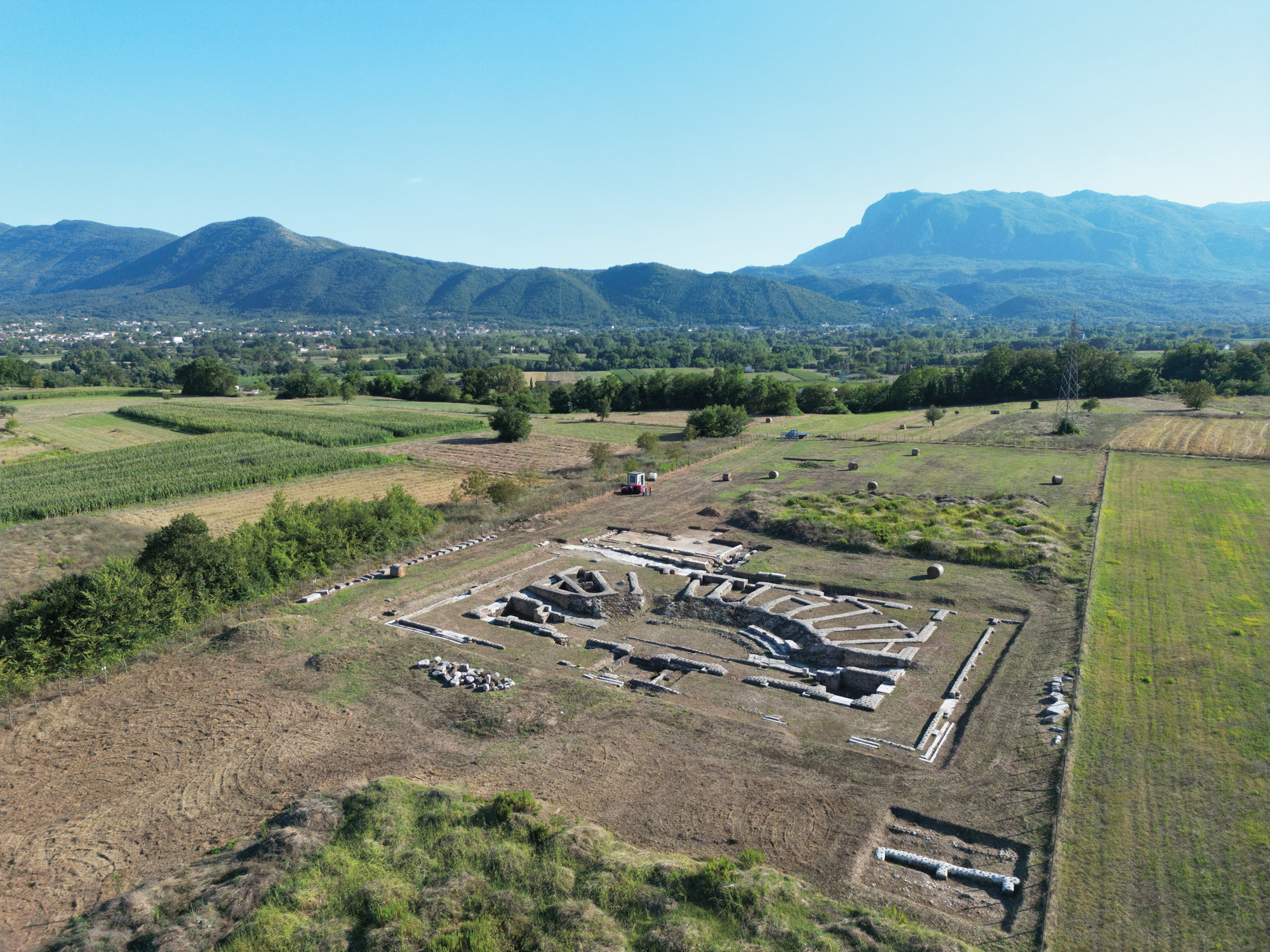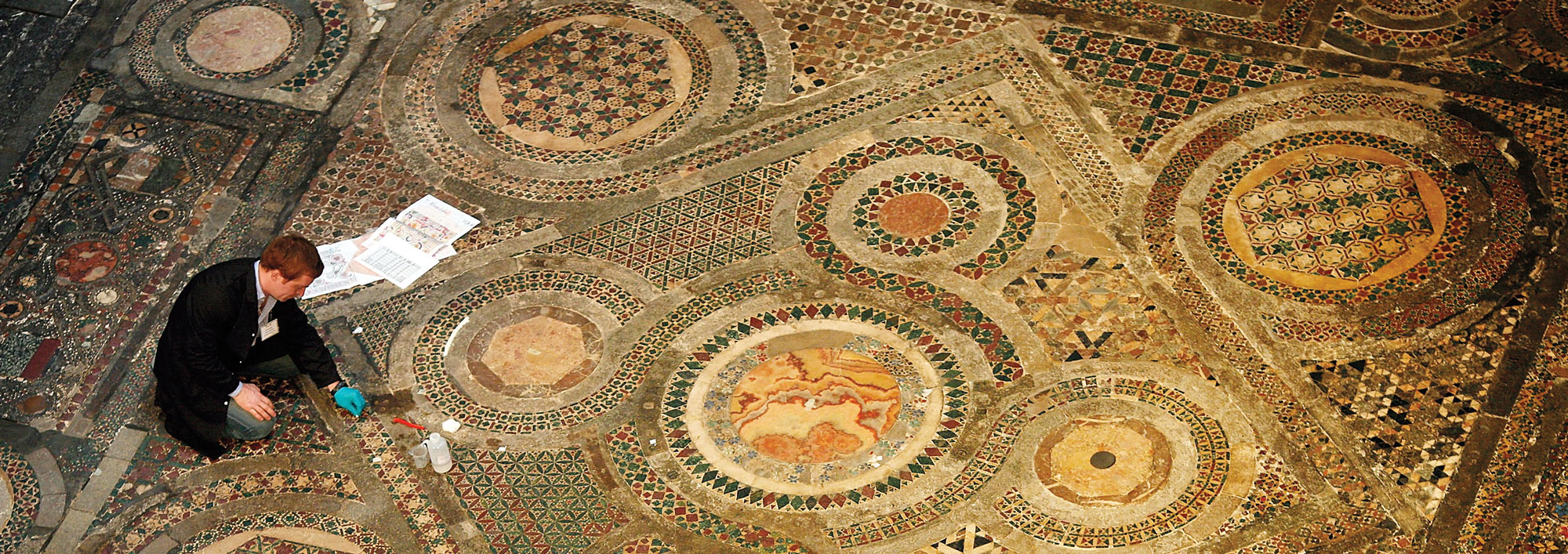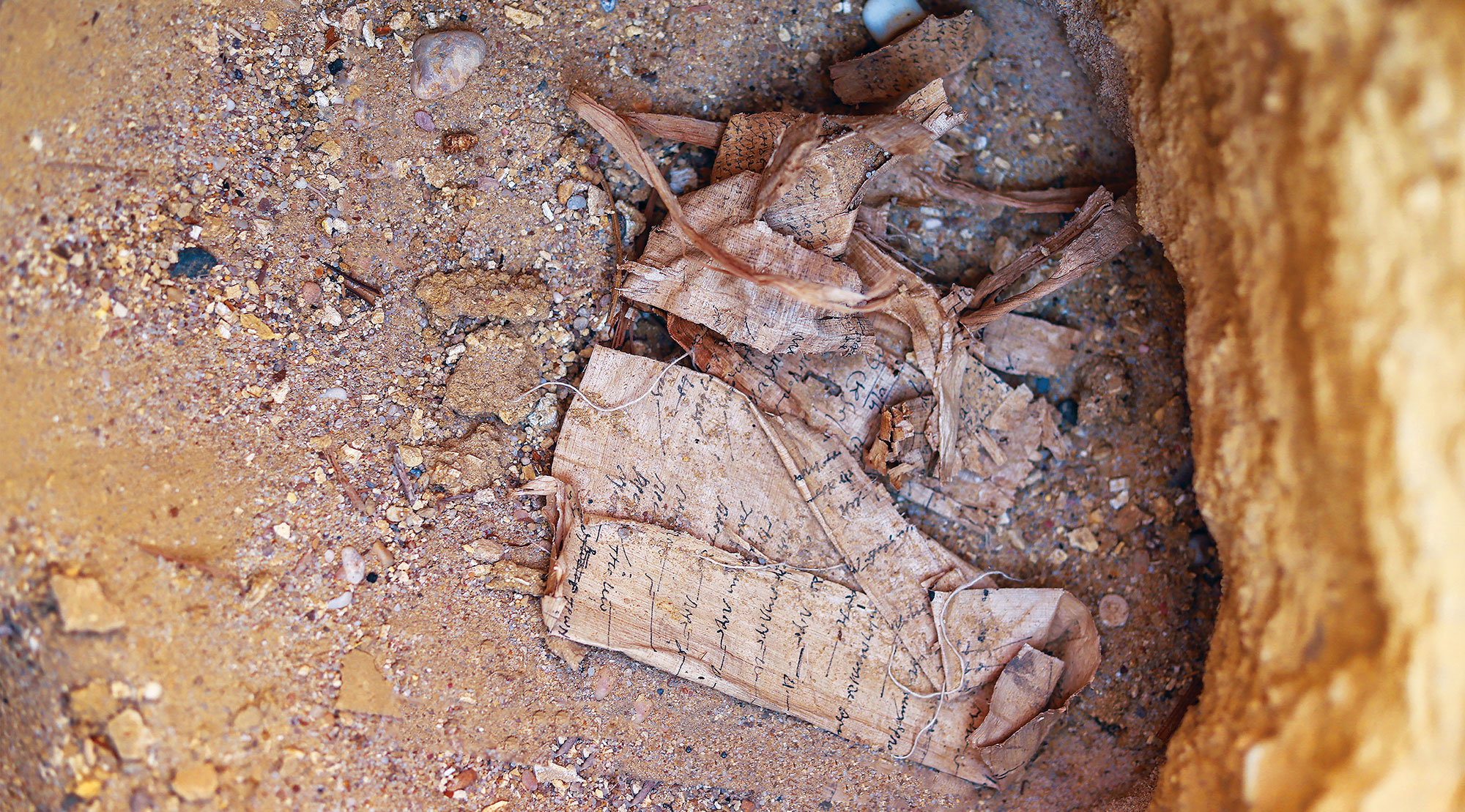WHARLEY END, ENGLAND—According to a statement released by Cranfield University, a new study of Dmanisis Gora has determined that the Bronze Age fortress in the South Caucasus was much larger than had been previously thought. The 3,000-year-old fortress rests on a promontory situated between two deep gorges. Researchers led by Nathaniel Erb-Satullo of Cranfield University and Dimitri Jachvliani of the Georgian National Museum used drones to spot the additional fortification walls and other stone structures in the area surrounding the inner fortress. “The drone took nearly 11,000 pictures which were knitted together using advanced software to produce high-resolution digital elevation models and orthophotos—composite pictures that show every point as if you were looking straight down,” Erb-Satullo said. The new images were then compared with declassified spy images to help the researchers determine which features on the ground might have been constructed more recently. The team members then used the information to create new maps of the fortification walls, graves, field systems, and stone structures that rest in the outer settlement. “The results of this survey showed that the site was more than 40 times larger than originally thought,” he explained. The researchers suggest that this outer settlement may have been inhabited seasonally. Read the original scholarly article about this research in Antiquity. For more on the archaeology of the ancient Caucasus, go to "Rites of the Scythians."
